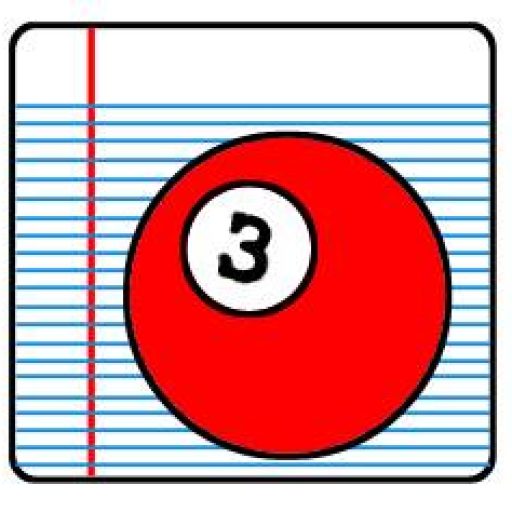Rock and roll. What a genre. The most powerful force in pop culture in the 20th century. Spawning from that special intersection of blues and jazz pioneered by Chuck Berry, Jerry Lee Lewis, and Little Richard. The sound The Beatles revolutionized with Revolver to pave the way for acts like Faces, The Rolling Stones, and Bruce Springsteen. The inheritors of it became early punk and metal acts like Iggy Pop, Black Sabbath, and The Clash. Even into the 90s, with grunge acts like Nirvana and Pearl Jam, and whatever you’d call Radiohead, Rock music was the dominant culture throughout America. But it’s origins are shrouded in mystery and ambiguity. When exactly did rock music start?
The popular conception is that blues emerged suddenly when Chuck Berry and Little Richard started topping the charts, but there’s a long period when “rock” is used to describe music not as a genre. It was used to describe a lot of music on the Billboard “race” chart, which was renamed the “rhythm and blues” chart by Jerry Wexler in 1949. A jukebox brand advertised in 1940s Billboard issues was called “Rock-ola.” But many of these songs wouldn’t be thought of as rock music today. For instance, the first (known) use of the word “rock” to describe music came from a Billboard article about Harry James’ “Lullaby in Rhythm,” but that instrumental track sounds more like Louis Armstrong than even the earliest songs considered “rock” today.
Still, there is no doubt that in the 1940s blues was barrelling towards rock and roll. “All this new stuff they call rock and roll, why, I’ve been playing that for years now” Sister Rosetta Tharpe told The Daily Mirror in 1957. And she wasn’t wrong. If you go listen to her 1939 recording of “This Train,” or her 1944 version of “Strange Things Happening Every Day,” it sounds like a rock song, albeit without any distortion. It’s got lead guitar, which she perhaps invented, and a rowdy piano that could easily have been inspiration to Johnnie Johnson, Chuck Berry’s pianist and (uncredited) song writer. But Sister Rosetta Tharpe, perhaps because of her gospel lyrics, never caught fire like the rock artists of the 1950s. She is in the Rock and Roll Hall of Fame as an “Early Influence,” notably not as a rock artist. This is, in my opinion and not that of the Hall of Fame, because she started recording well before “rock music” had been codified as a genre. Exactly when that was isn’t easy to define. It must’ve been by 1957, when Chuck Berry released “Rock and Roll Music.”
But why was this split? Why did rock and roll become a separate genre? It was given the moniker “jump jazz” in the early 1950s, why didn’t that stick? I believe–and I am not an academic scholar so I do not know for certain–but I believe that it was marketing. Interest in blues music, where rock is most directly derived from, was waning, as was interest in jazz music. The public wanted something new, like Rhythm and Blues (which sounds like it’s very similar to blues, but isn’t.) As such, the minds at Billboard and other publications, came up with “Rock and Roll,” named so after a common phrase used in many of these songs.
This begins to answer the heart of the question: why did rock and roll, as a brand, spawn so many subgenres that could have become their own genres? Punk is short for Punk Rock, Metal is a variation on Rock in that it is harder than Rock. Grunge doesn’t make it clear from it’s name, but whenever a Grunge song charts, it charts on the Rock chart. This is because Rock is, looking over the span of the last 70 years, the most powerful musical brand in the world. Domestically speaking, by 1954 rock music had captured the black audience thoroughly, but America was still too culturally segregated for white audiences (beyond some of the journalists and critics) to recognize it. It needed a white face.
Enter Elvis Presley, and you see this change. Steadily growing his fanbase for two years, Elvis changed the country nearly overnight on September 9, 1956, when 60 million viewers, over 80 percent of the television watching (disproportionately white) audience tuned in to see Elvis on the Ed Sullivan Show. After that, rock music wasn’t just the sound of the ghetto anymore. It was flooding white suburbia. Elvis never paid back the black community for what he popularized, it took a British band called The Rolling Stones to do that. But while jazz music did a similar thing (although not with as clear a turning point) in the 1920s and 30s, it did not have the benefit of the Baby Boom. If a disproportionate number of children had not been born in the 1940s, ranging from ages 16-7 in 1956, rock music would not have had the power it had over American culture. The largest generation gap in American history created the most formidable cultural force in the same.
Elizabeth von Teig is a musician and author living in Brighton, Massachusetts. Her expertise is classic rock, folk punk, and the blues.








Leave A Comment